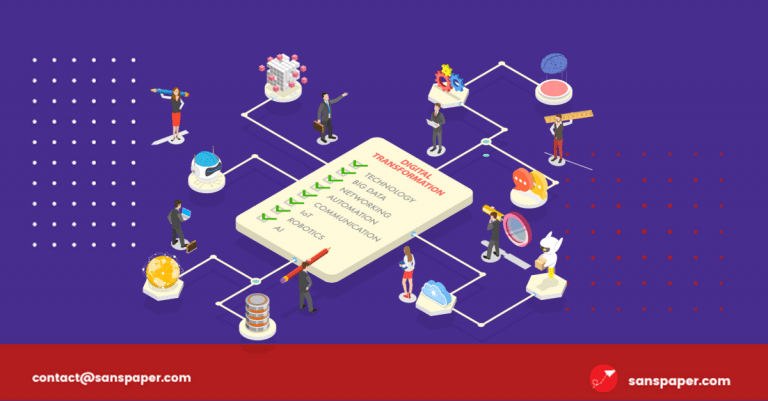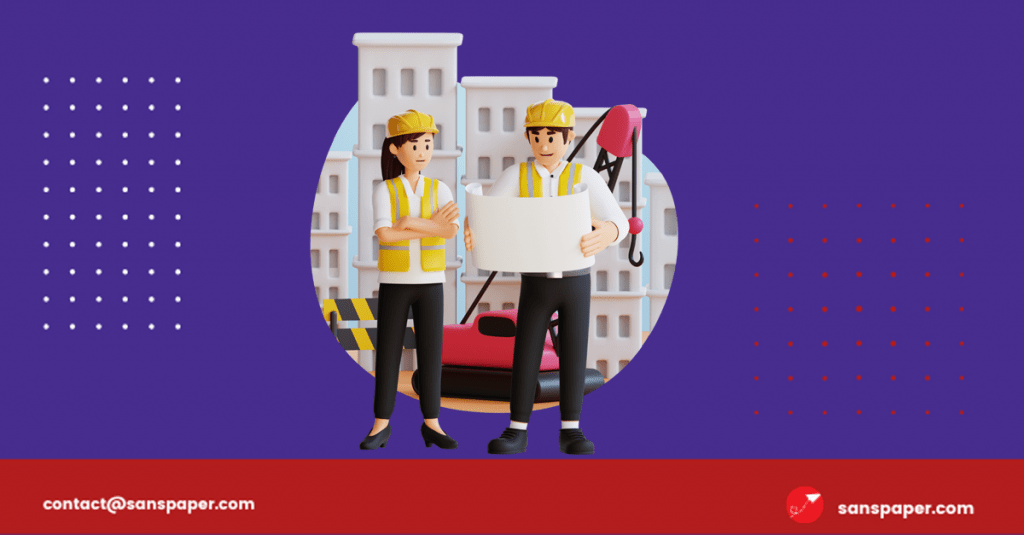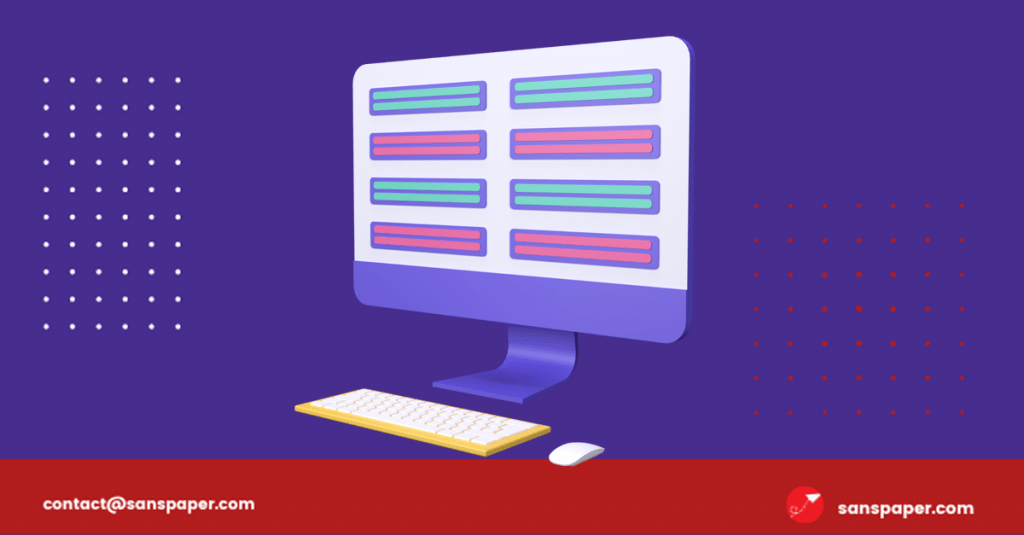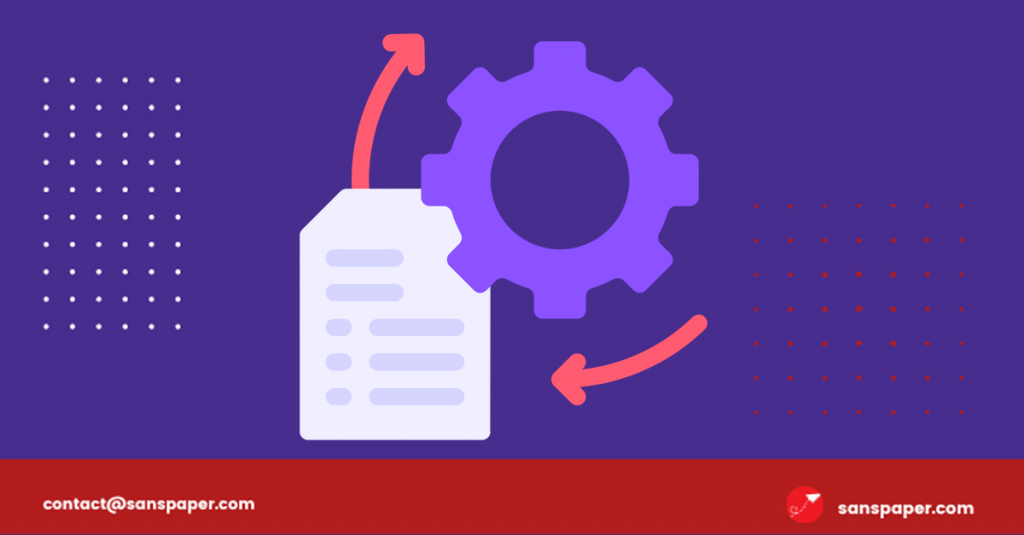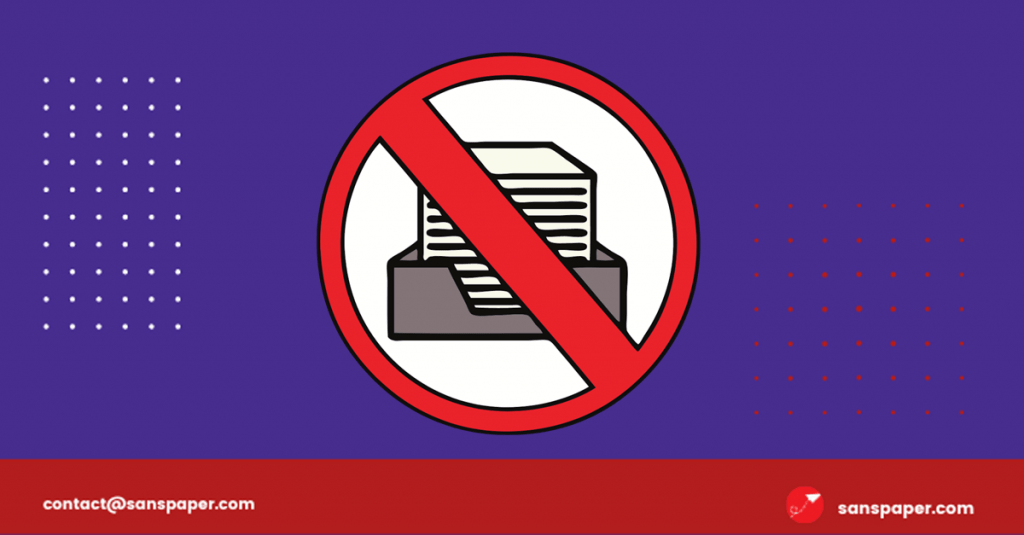From Paper to Pixels: The Digital Transformation Journey of Forms
In the bustling heart of a typical office, the sight of stacked papers, overflowing file cabinets, and bulky folders used to be common. The constant rustle of paper forms being filled out, filed, and occasionally misplaced was a part of daily life. Yet, as with all things, change was on the horizon. The digital age brought with it the promise of a cleaner, faster, and more efficient way of managing information. This is the story of how forms transitioned from paper to pixels and reshaped the modern workplace.
The Old World: Paper’s Reign
For decades, paper was king. It held records, captured signatures, and was the physical testament to transactions, agreements, and data. However, paper forms were not without their challenges:
- Physical Storage Needs: Entire rooms, sometimes even floors, were dedicated to storing paper archives.
- Environmental Impact: The paper industry is resource-intensive, and the consumption in offices only added to the strain on forests.
- Efficiency Concerns: Searching through stacks or folders to locate a specific document could be a time-consuming ordeal.
The Shift Begins: Enter Digital Forms
The advent of computers and the internet began to change perceptions. Early adopters saw the potential of transferring their paper-based processes to digital platforms. Key advantages included:
- Space Savings: Digital storage solutions took up no physical space and offered more organized filing systems.
- Swift Retrievals: The search functionality allowed users to find documents in seconds.
- Real-time Edits: Digital forms could be updated in real-time, eliminating the need for multiple versions.
Enhanced Interactivity and Flexibility
As technology evolved, so did digital forms. They weren’t just digital replicas of their paper predecessors. They became dynamic, interactive tools. Fields could auto-populate based on user inputs, forms could adapt and display relevant sections based on user responses, and data could be analyzed and reported instantly.
Modern Day: Beyond Just Digital
Today, the transformation from paper form to digital is not just about data input; it’s about integration. Digital forms seamlessly integrate with CRM systems, payment gateways, and other digital tools, offering a unified and streamlined user experience.
Moreover, the accessibility of digital forms on mobile devices ensures that they’re available anytime, anywhere. A contractor on a construction site can fill a safety checklist on a tablet, a customer can sign an agreement via a smartphone, and a doctor can update patient details on a digital pad.
The journey from paper form to digital has been transformative, reshaping the very essence of workplaces. It has not only provided an efficient solution to old challenges but has paved the way for new possibilities, ensuring that businesses can stay agile, adaptive, and forward-thinking in this digital age.

